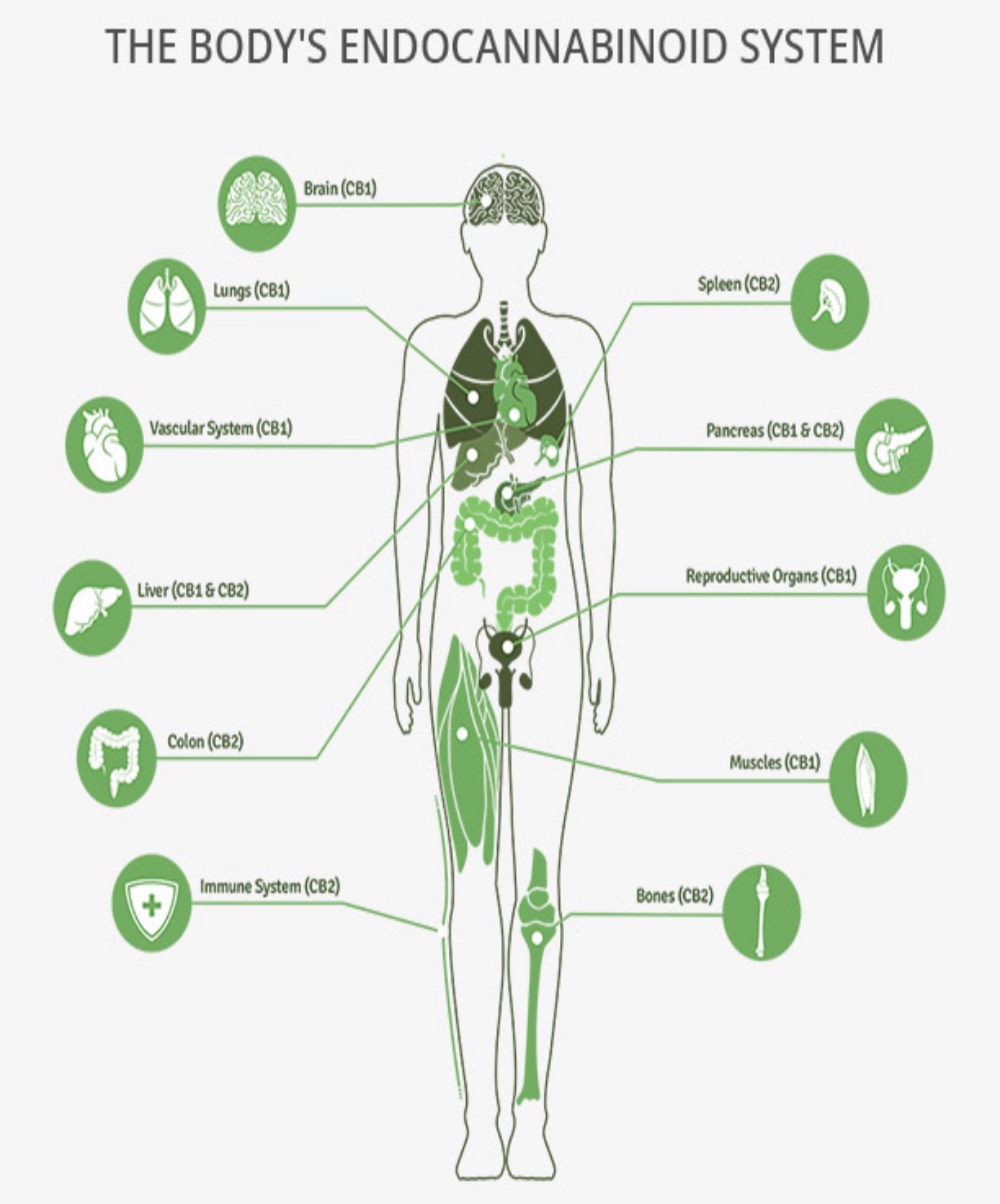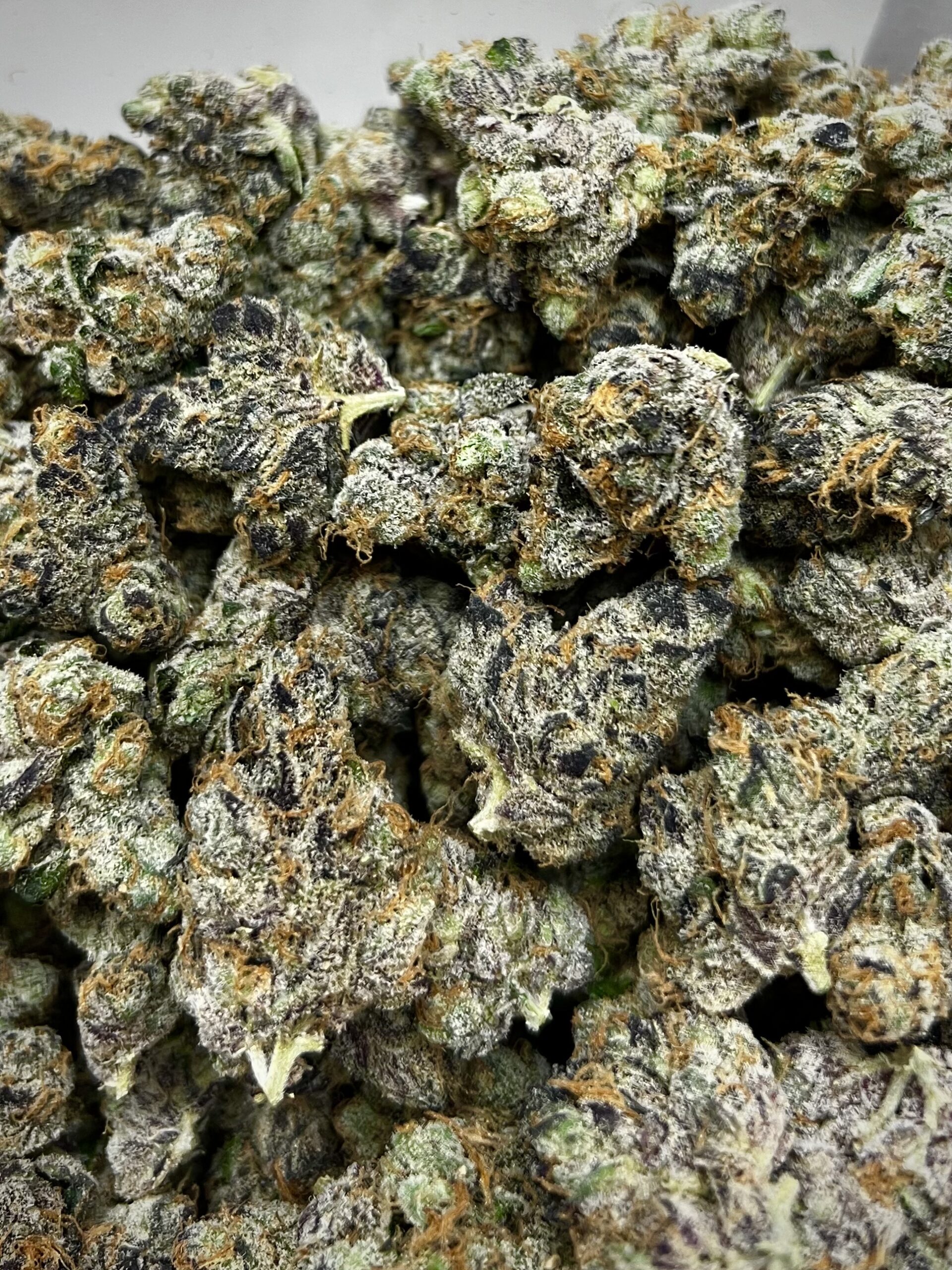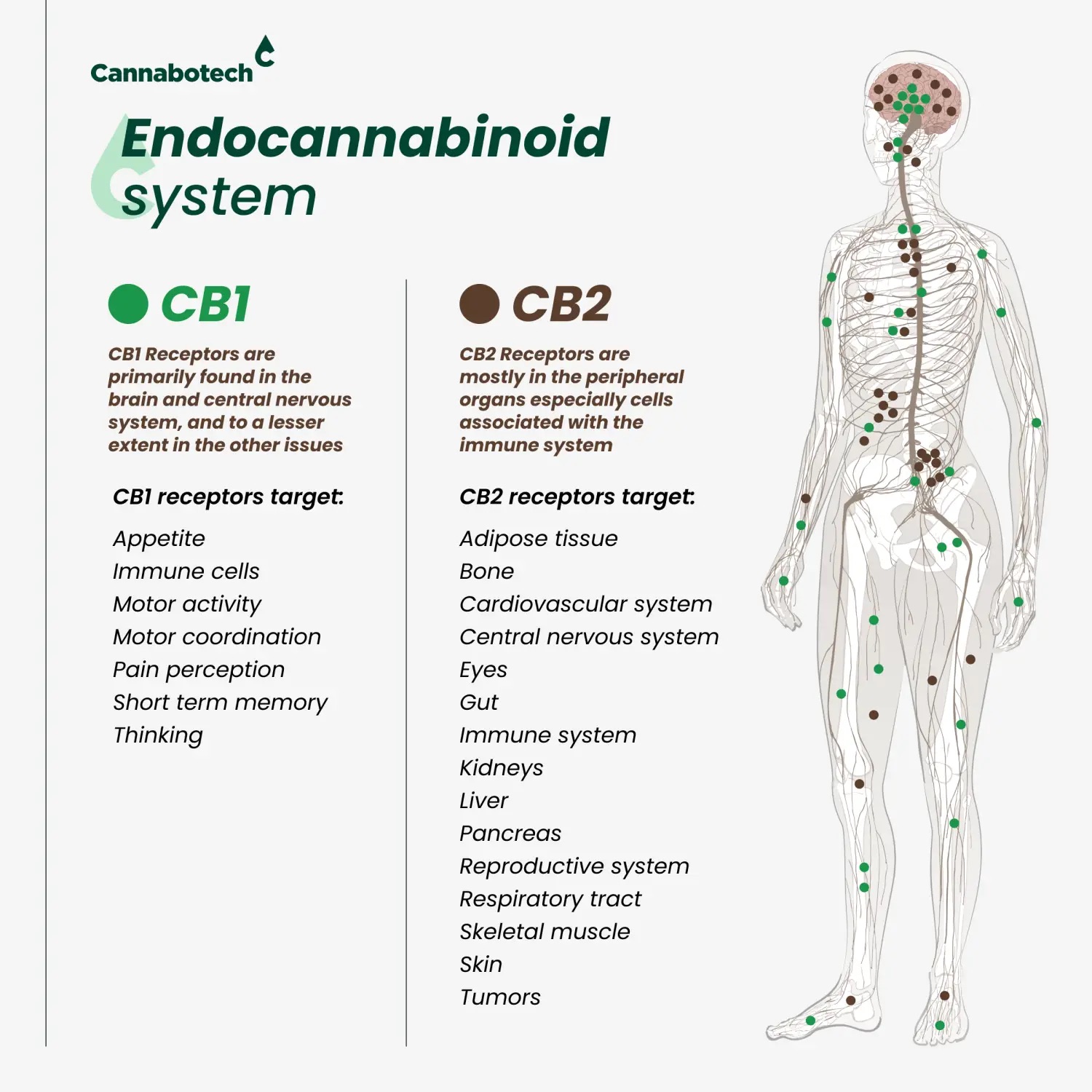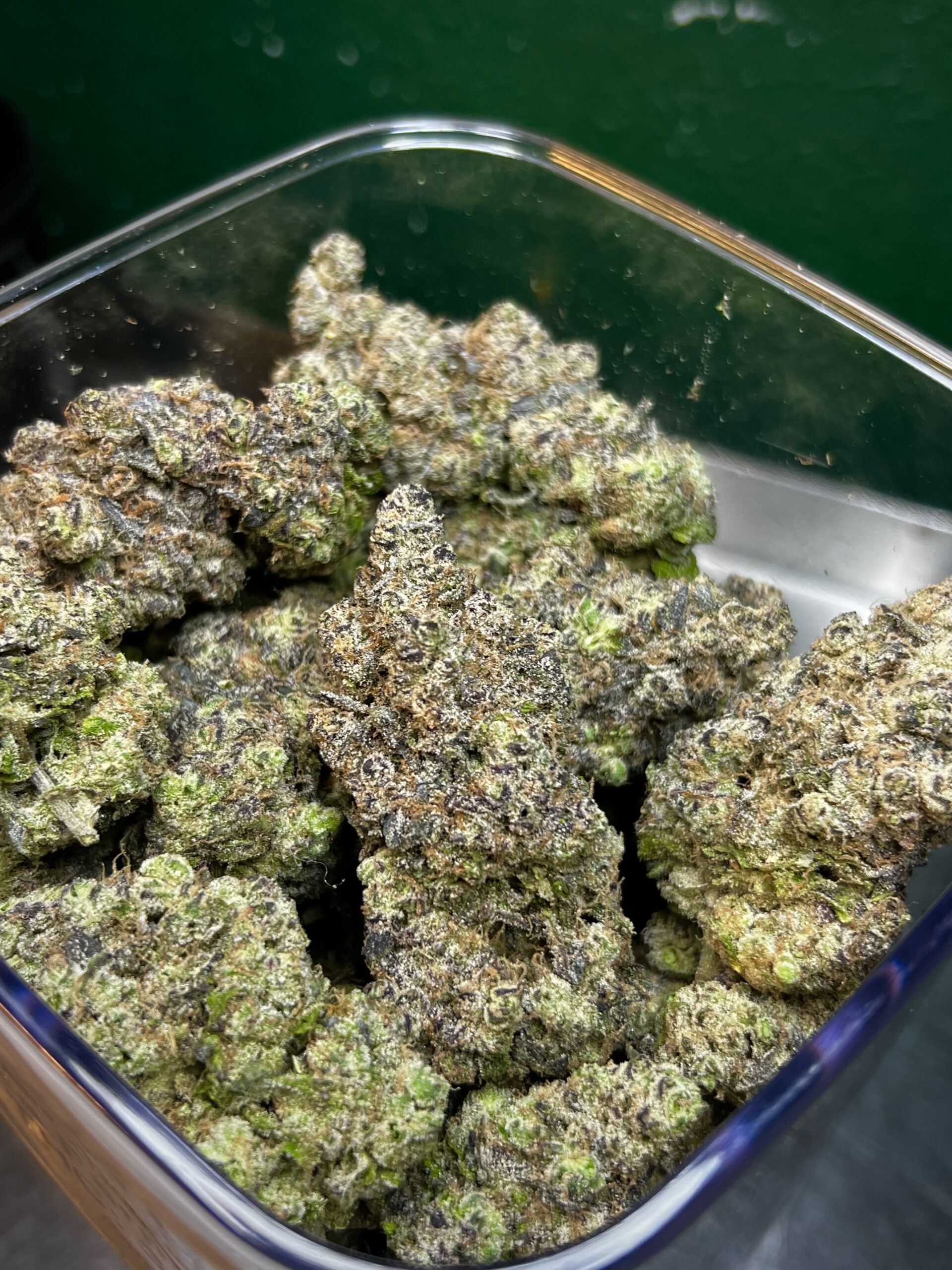You May Also Like
 Cannabis Tips & TricksScientific Cannabis Info
Cannabis Tips & TricksScientific Cannabis Info
A Comprehensive Guide To Different Forms Of Cannabis
GriffinMay 23, 2024
 Cannabis Tips & TricksScientific Cannabis Info
Cannabis Tips & TricksScientific Cannabis Info
What Are The Differences Between Hemp & Cannabis? Sativa & Indica?
GriffinMay 7, 2024
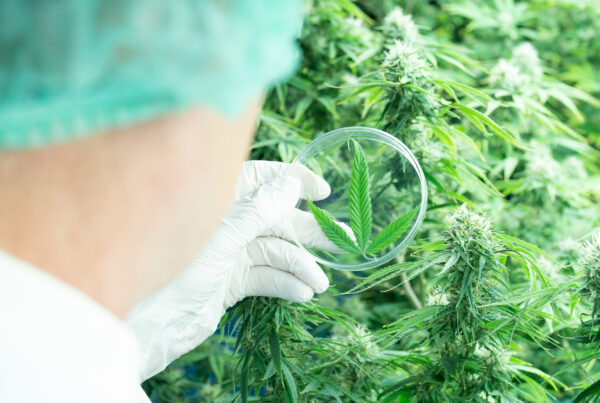 Scientific Cannabis Info
Scientific Cannabis Info
The Top Ten Cannabis Cannabinoids: Exploring Nature’s Healing Compounds
Cream ManagementFebruary 16, 2024


